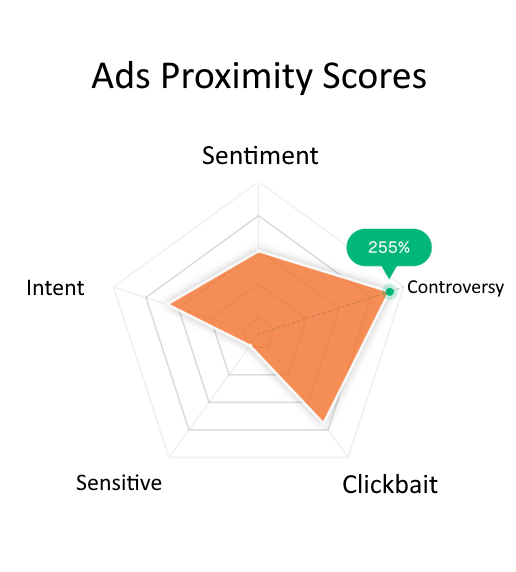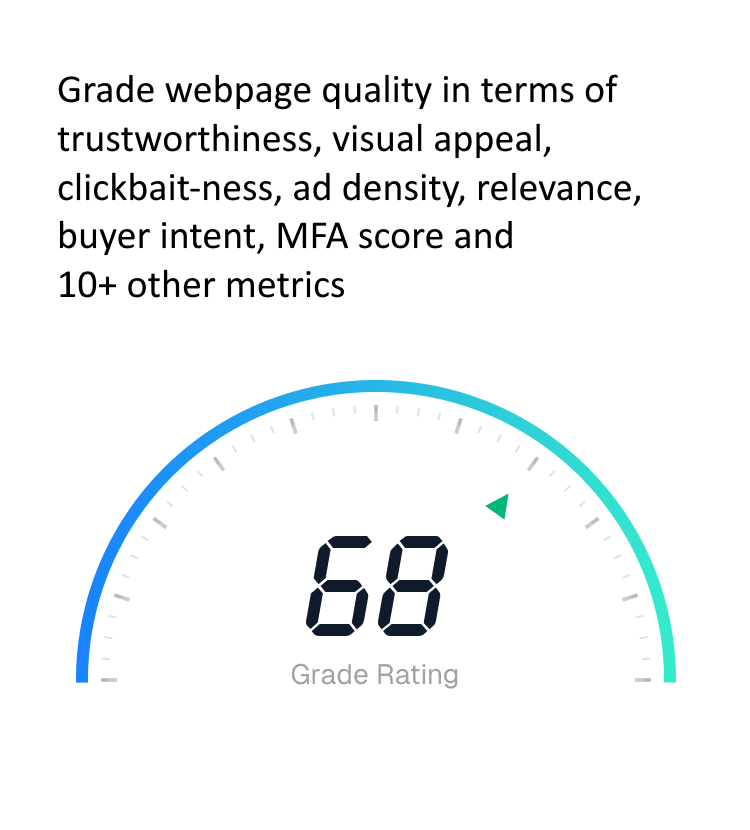Cutting-edge detection technology for identifying AI-generated images and synthetic media to protect against misinformation and maintain content authenticity.

The democratization of artificial intelligence has brought unprecedented capabilities to content creation, but it has also introduced new challenges for digital platforms. Generative AI models like DALL-E, Midjourney, Stable Diffusion, and sophisticated deepfake technologies can now create images virtually indistinguishable from authentic photographs.
This technological advancement presents both opportunities and threats. While AI-generated content enables creative expression and artistic innovation, it also enables the creation of convincing misinformation, non-consensual imagery, fraudulent documentation, and sophisticated social engineering attacks that undermine digital trust.
Our Generative AI & Deepfake Detection system represents the cutting edge of synthetic media identification, employing advanced machine learning techniques to distinguish between authentic and artificially generated content. This capability is becoming essential for platforms that need to maintain content authenticity and combat the proliferation of synthetic misinformation.
Synthetic media detection is an arms race where detection systems must continuously evolve to keep pace with increasingly sophisticated generation technologies.

Our deepfake detection system doesn't rely on simple heuristics or watermarks that can be easily circumvented. Instead, it employs sophisticated analysis techniques that examine images at multiple levels, from pixel-level statistical properties to high-level semantic inconsistencies that are hallmarks of synthetic generation processes.
The system analyzes frequency domain characteristics, detecting subtle artifacts introduced during the AI generation process that are invisible to human observers but reveal telltale signs of synthetic origin. These frequency-based analyses can identify inconsistencies in image compression patterns, noise distributions, and other technical signatures.
Beyond technical analysis, our system examines semantic consistency within images, identifying biological implausibilities, lighting inconsistencies, and other contextual anomalies that often betray synthetic generation. This multi-modal approach provides robust detection even as generation technologies continue to improve.
The detection system is trained on millions of both authentic and synthetic images from various generation platforms, ensuring comprehensive coverage of current deepfake and AI generation technologies. Regular model updates incorporate new generation techniques as they emerge, maintaining detection effectiveness over time.

Synthetic media has become a powerful tool for spreading misinformation and disinformation campaigns. Our detection system serves as a critical defense mechanism against false narratives that use convincing but fabricated visual evidence to support misleading claims about news events, political figures, or social issues.
The system can identify AI-generated images depicting fake news events, fabricated political scenes, synthetic celebrity endorsements, and other forms of visual misinformation that could influence public opinion or democratic processes. This capability is essential for news platforms, social media sites, and other information-sharing services.
Beyond detecting obvious fabrications, the system identifies more subtle forms of synthetic manipulation including realistic but non-existent people used in astroturfing campaigns, synthetic product images used in fraudulent advertising, and AI-generated documentation used in identity fraud schemes.
The detection system provides confidence scores and detailed analysis reports that help content moderators and fact-checkers assess the authenticity of questionable visual content. This information supports informed decision-making about content verification and appropriate labeling strategies.
Our deepfake detection plays a crucial role in protecting electoral integrity by identifying synthetic media used in political disinformation campaigns.

AI-generated profile pictures have become increasingly common in fake account creation, enabling sophisticated social engineering attacks and coordinated inauthentic behavior campaigns. Our detection system identifies synthetic profile images used to create convincing but fake social media accounts.
The system can distinguish between legitimate use of AI-generated avatars and malicious deployment of synthetic profiles for fraud, spam, or manipulation campaigns. This capability helps platforms maintain account authenticity while allowing legitimate creative use of AI-generated content.
Fake profile detection is particularly valuable for dating platforms, professional networks, and social media sites where authentic identity representation is crucial for user safety and platform integrity. The system helps prevent romance scams, professional impersonation, and other identity-based attacks.
Advanced analytics can identify patterns of synthetic profile creation, helping security teams detect coordinated fake account campaigns before they achieve scale. This proactive approach protects platforms from sophisticated manipulation efforts that rely on networks of convincing but artificial accounts.

Generative AI detection integrates seamlessly into existing content moderation workflows through our comprehensive REST API. The system provides real-time analysis with processing times under 400ms, ensuring that synthetic media detection doesn't create bottlenecks in content publishing or sharing workflows.
Configuration options allow platforms to adjust detection sensitivity based on their specific use cases and risk tolerance. Some platforms may prefer high sensitivity to catch all potential synthetic content, while others may optimize for fewer false positives to avoid flagging legitimate AI art or creative content.
The system provides detailed metadata including confidence scores, analysis reasoning, and potential source identification when possible. This information enables sophisticated response strategies such as content labeling, user warnings, or enhanced verification requirements for synthetic content.
Advanced features include integration with fact-checking workflows, automated reporting to disinformation research organizations, and detailed analytics on synthetic media trends across the platform. These capabilities support both immediate content moderation needs and longer-term platform security strategy.
Privacy and security protections ensure that all synthetic media analysis occurs within secure, encrypted environments with no permanent storage of analyzed content. The system complies with data protection regulations while providing powerful synthetic media detection capabilities.
Our detection models are continuously updated to address emerging generation techniques, ensuring long-term effectiveness as AI technology continues to evolve.
Stay ahead of evolving AI threats with cutting-edge deepfake and synthetic media detection technology trusted by leading platforms worldwide.
Try Free Demo Back to Home